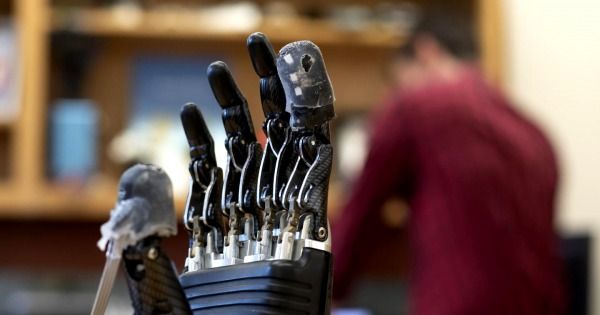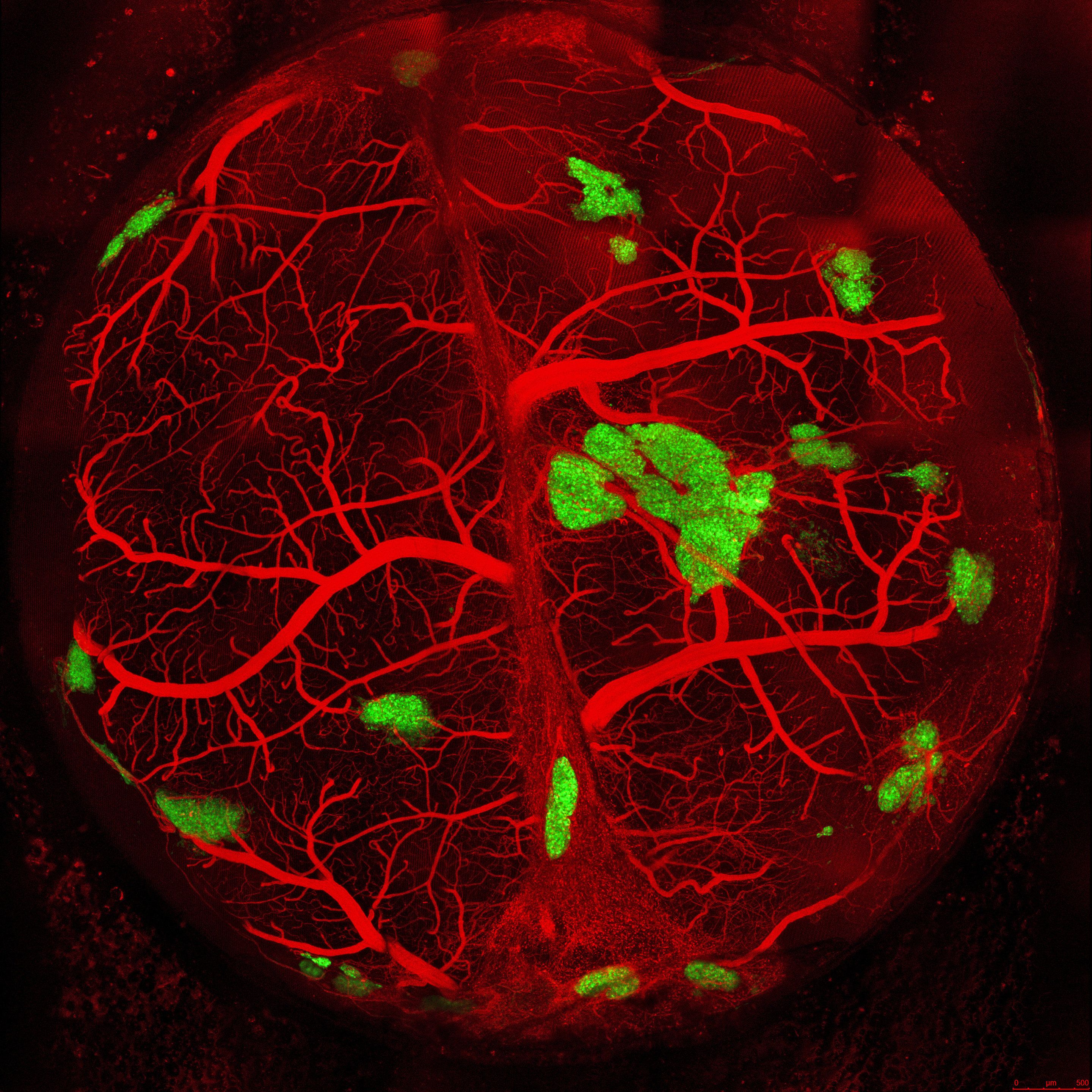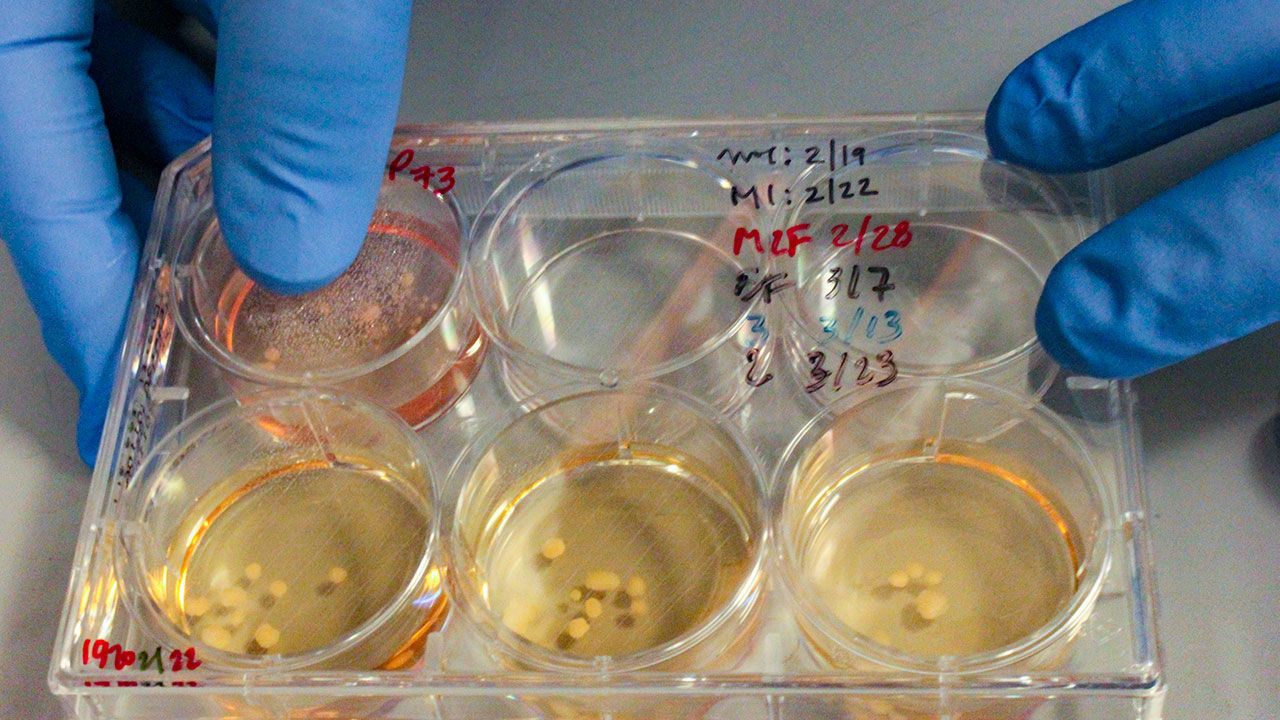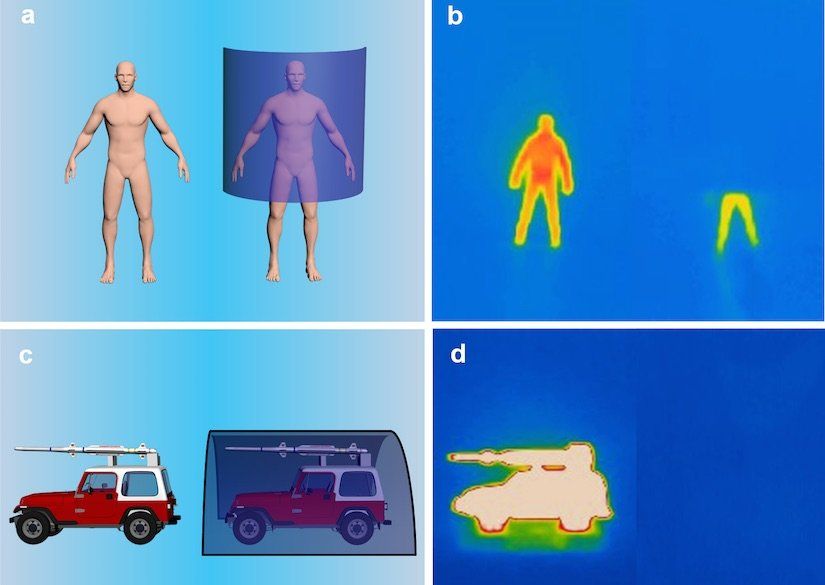Page 9404
An international team of astronomers have made the most precise test of gravity outside our own solar system.
By combining data taken with NASA’s Hubble Space Telescope and the European Southern Observatory’s Very Large Telescope, their results show that gravity in this galaxy behaves as predicted by Albert Einstein’s general theory of relativity, confirming the theory’s validity on galactic scales.
In 1915 Albert Einstein proposed his general theory of relativity (GR) to explain how gravity works. Since then GR has passed a series of high precision tests within the solar system, but there have been no precise tests of GR on large astronomical scales.
Jun 21, 2018
Learning about the Himalayas using Mars technology
Posted by Genevieve Klien in categories: mapping, space
The Himalayan Range includes some of the youngest and most spectacular mountains on Earth, but the rugged landscape that lends it the striking beauty for which it is known can also keep scientists from fully understanding how these mountains formed. “We know more about the rocks on parts of Mars than we do about some of the areas in the Himalaya,” said Dr. Alka Tripathy-Lang.
“Many researchers have done extraordinary geologic mapping in this rugged region, but the fact is that some places are just completely inaccessible because of topography, elevation, or geopolitical issues. The rocks in those areas are an important piece of the tectonic puzzle and are important for understanding the way the region evolved,” said Dr. Wendy Bohon. “The tools we used, originally developed for mapping rocks on Mars, were a way to safely access information about the rocks in the Himalayas.”
Bohon and colleagues worked with researchers at the Mars Space Flight Facility at Arizona State University to use data from the Earth orbiting satellite Terra in the same way planetary geologists have been using data from the Mars orbiting satellite Odyssey.
Jun 21, 2018
This Table Saw Could Save Your Fingers From Getting Amputated
Posted by Nicholi Avery in category: futurism

Sawed-off fingers are a thing of the past with this technology. Here’s how SawStop does it. (via @ Seeker)
Jun 21, 2018
Electronic Skin Lets Amputees Feel Pain Through Their Prosthetics
Posted by Marcos Than Esponda in categories: biotech/medical, cyborgs, neuroscience

I felt my hand, as if a hollow shell, got filled with life again.”
Researchers have created e-dermis, an electronic skin that transmits sensations of pain from an amputee’s prosthetic hand to their brain.
Jun 21, 2018
Tissue-engineered human pancreatic cells successfully treat diabetic mice
Posted by Ian Hale in categories: bioengineering, biotech/medical
Researchers tissue-engineered human pancreatic islets in a laboratory that develop a circulatory system, secrete hormones like insulin and successfully treat sudden-onset type 1 diabetes in transplanted mice.
In a study published by Cell Reports, the scientists use a new bioengineering process they developed called a self-condensation cell culture. The technology helps nudge medical science closer to one day growing human organ tissues from a person’s own cells for regenerative therapy, say study investigators at Cincinnati Children’s Hospital Medical Center in the U.S. and Yokohama City University (YCU) in Japan.
“This method may serve as a principal curative strategy for treating type 1 diabetes, of which there are 79,000 new diagnoses per year,” said Takanori Takebe, MD, a physician-scientist at the Cincinnati Children’s Center for Stem Cell and Organoid Medicine. “This is a life-threatening disease that never goes away, so developing effective and possibly permanent therapeutic approaches would help millions of children and adults around the world.”
Continue reading “Tissue-engineered human pancreatic cells successfully treat diabetic mice” »
Jun 21, 2018
Exclusive: Neanderthal ‘minibrains’ grown in dish
Posted by Manuel Canovas Lechuga in categories: biotech/medical, neuroscience
Compared with brain organoids grown from ordinary human cells (top), those with a Neanderthal gene variant (bottom) differ in appearance and behavior.
Jun 21, 2018
Scientists Detect Possible Missing ‘Piece’ Of Universe Created By The Big Bang
Posted by Genevieve Klien in categories: cosmology, materials
Aside from dark matter and the dark energy that comprised the universe, there remained to be 5 percent of what was called the “ordinary matter.” About two-thirds of this ordinary matter was left unaccounted for until now. ( Harvard-Smithsonian Center for Astrophysics )
After a 20-year-long experiment, a team of international scientists detects the last of the missing intergalactic material predicted to be created by the Big Bang.
Specifically, the team was finally able to detect the missing parts of the “ordinary matter” that makes up everything in the universe, from the stars to the cores of black holes. This ordinary matter is different from the “dark matter” that comprised the bulk of the universe’s mass. The dark matter remained to be undetected until now.
Continue reading “Scientists Detect Possible Missing ‘Piece’ Of Universe Created By The Big Bang” »
Jun 21, 2018
Microsoft launches ambitious blockchain project to help creators get paid
Posted by Genevieve Klien in categories: bitcoin, entertainment
It seems that Microsoft isn’t done experimenting with blockchain technology.
Microsoft and Ernst & Young (EY) announced the launch of a blockchain solution for content rights and royalties management on Wednesday.
The blockchain solution is first implemented for Microsoft’s game publisher partners. Indeed, gaming giant Ubisoft is already experimenting with the technology.
Continue reading “Microsoft launches ambitious blockchain project to help creators get paid” »
Jun 21, 2018
‘Stealth sheet’ hides hot objects from prying infrared eyes
Posted by Nicholi Avery in categories: drones, materials
Infrared cameras are the heat-sensing eyes that help drones find their targets, even in the dead of night or through heavy fog.
Hiding from such detectors could become much easier, thanks to a new cloaking material that renders objects—and people—practically invisible.
“What we have shown is an ultrathin stealth ‘sheet.’ Right now, what people have is much heavier metal armor or thermal blankets,” says Hongrui Jiang, the Lynn H. Matthias Professor and Vilas Distinguished Achievement Professor of electrical and computer engineering at the University of Wisconsin-Madison.
















